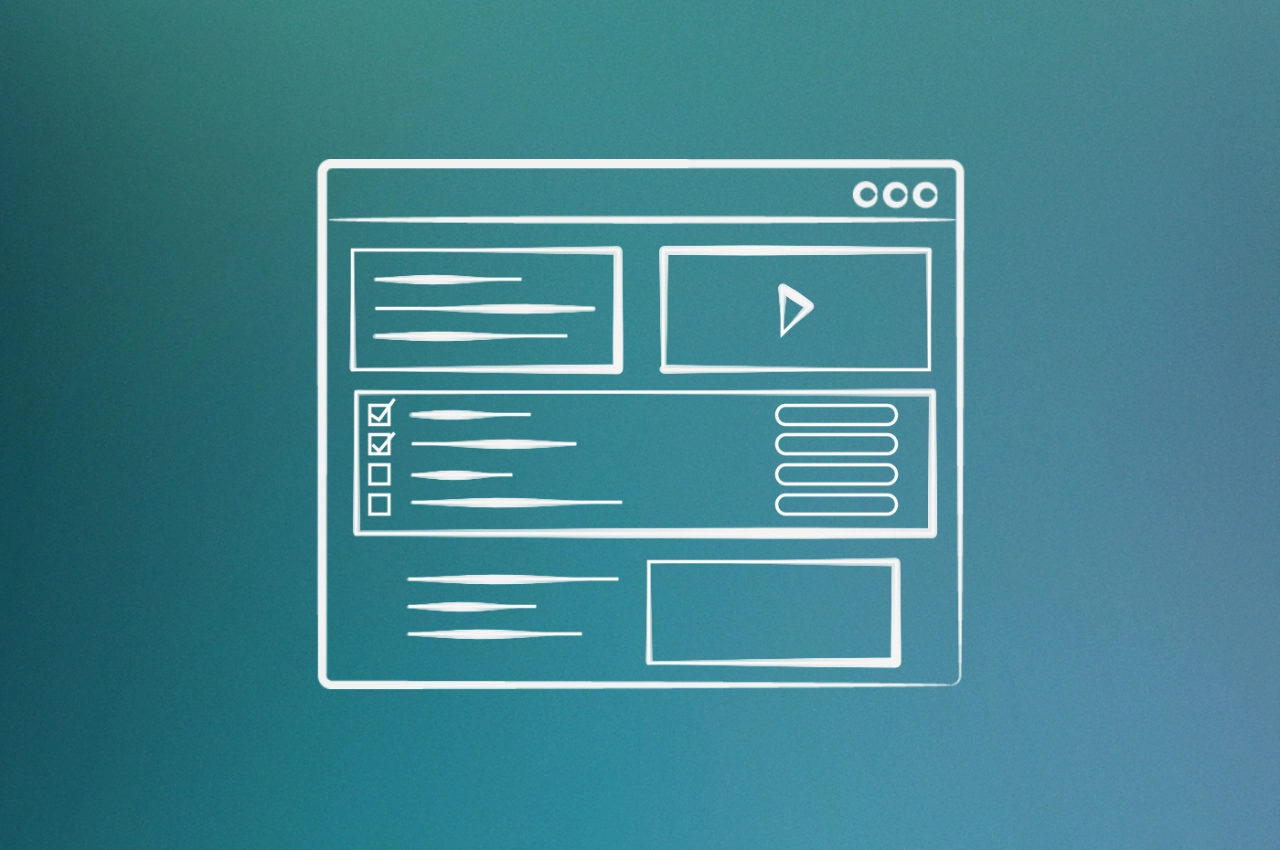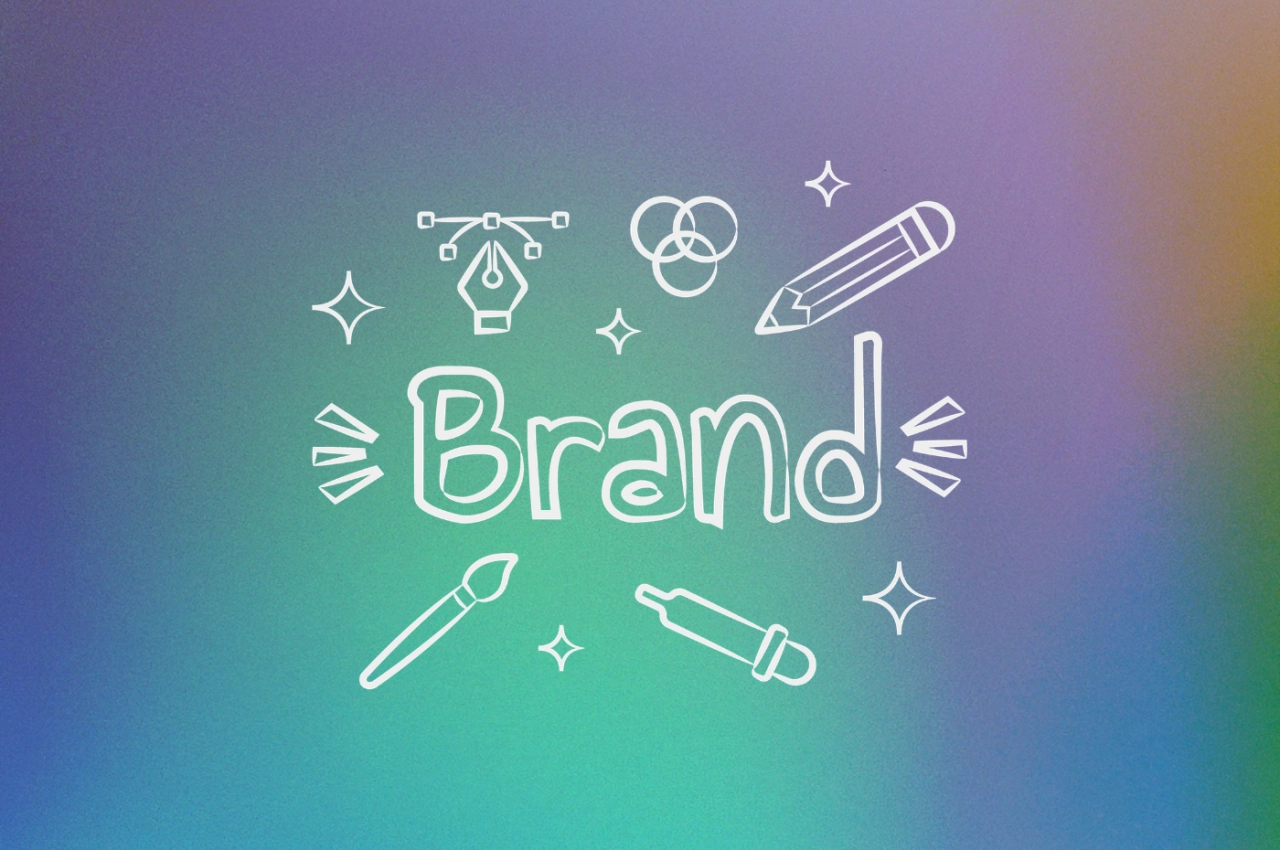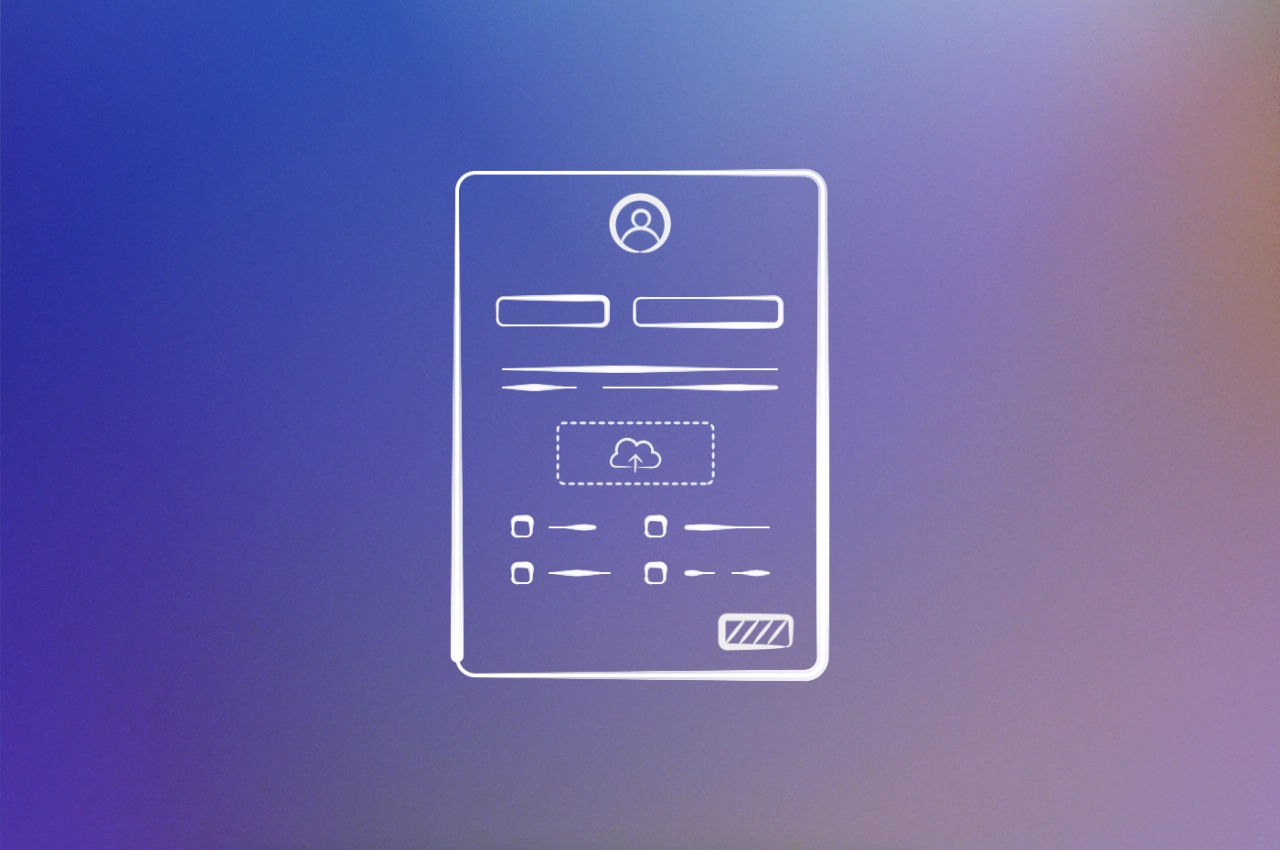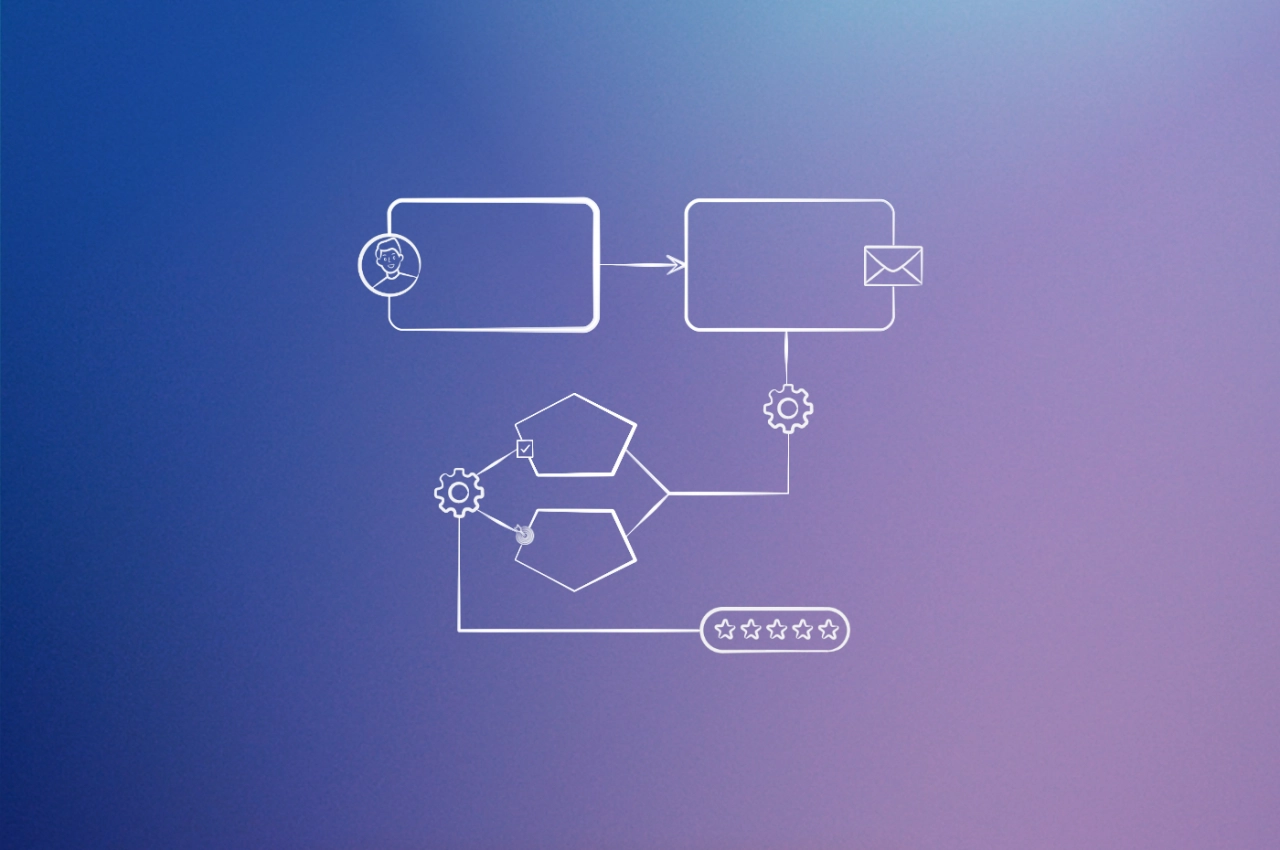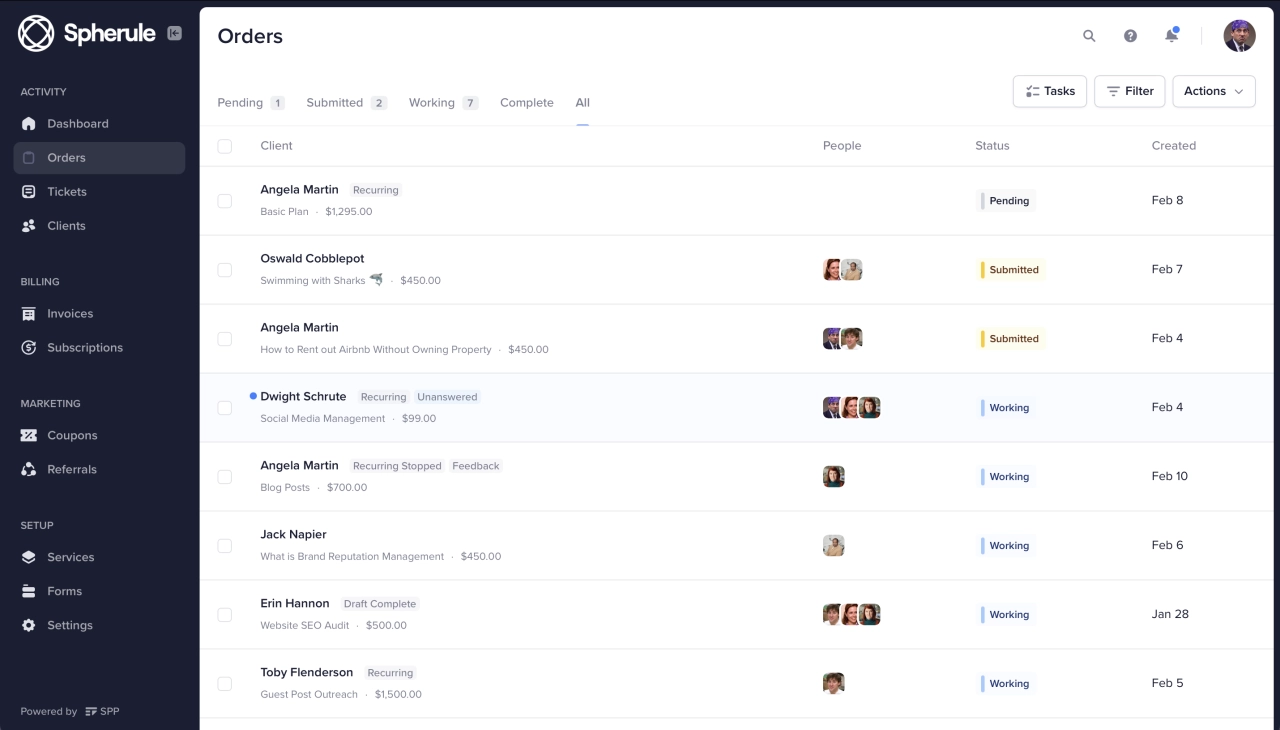- Tailor your onboarding process for retainers and projects to set clear expectations and boost client satisfaction.
- Focus on long-term vision in retainer onboarding to build stronger client relationships and show ongoing value.
- Define clear scope and timelines in project onboarding to prevent scope creep and keep projects on track.
How often has this happened to you? You sign a new client, everyone is excited, and the contract is inked. But within two weeks, you feel the friction. The project-based client is already asking for “one small thing” that’s clearly outside the statement of work. Or worse, your new retainer client sends you a Slack message on a Friday afternoon asking for a list of all the tasks you completed that week, making you feel less like a strategic partner and more like a line-item expense.
If that sounds familiar, the problem might not be your client or your service delivery. It’s likely your onboarding process.
Here’s the reality: 81% of agencies follow a standardized kickoff agenda for all new clients, according to The State of Agency-Client Collaboration in 2024. While structure is important, this one-size-fits-all approach ignores a fundamental truth about agency work. A long-term retainer partnership and a fixed-scope project are two completely different types of client relationships. They require different expectations, different communication styles, and most importantly, different onboarding playbooks.
Using the same standardized process for both engagement types is like trying to use a project management approach for strategic consulting—it creates friction from day one. Your retainer clients feel transactional when they should feel like partners. Your project clients get overwhelmed with partnership-building activities when they just want clear deliverables and timelines.
The stakes couldn’t be higher. More than 75% of agencies attribute their financial success directly to their ability to achieve client goals, according to the same research. When your onboarding process sets the wrong expectations from day one, you’re not just risking client satisfaction—you’re putting your agency’s prosperity on the line.
Understanding this topic involves several interconnected concepts:
Each of these concepts plays a crucial role in the overall topic.
This guide is here to fix that. I’m not just going to talk theory. I’m going to give you two distinct, actionable onboarding playbooks—one for retainers and one for projects—that you can implement next week to set every new engagement up for success, reduce scope creep, and improve client retention.
Onboarding for a partnership vs. a defined outcome
Before we dive into the checklists, let’s establish the core mindset shift. It’s the foundation for everything that follows.
Onboarding a retainer client is about building a long-term partnership. The goal is to deeply integrate your team with theirs, align on a long-term vision, and establish a rhythm of communication and reporting that demonstrates ongoing value. Success isn’t a finish line; it’s a continuous journey of growth.
Onboarding a project-based client is about executing a plan to a defined outcome. The goal is to create absolute clarity around scope, deliverables, timelines, and what “done” looks like. Success is hitting a specific target, on time and on budget. The relationship is important, but it serves the deliverable.
Trying to onboard a partnership client with a project checklist makes them feel like a transaction. Trying to onboard a project client with a partnership checklist creates vague expectations and invites scope creep. You need two distinct paths.
Onboarding retainer clients: building the foundation for partnerships
When a client signs a retainer agreement, they’re not just buying a set of tasks; they’re investing in your expertise over time. Your onboarding must reflect that investment by building a strong foundation of trust, strategy, and seamless integration.
Primary goals of retainer onboarding:
Aligning on the long-term vision to ensure your work always ties back to their bigger business objectives.
Establishing a sustainable communication rhythm that fosters collaboration, not micromanagement.
Integrating your team as a genuine extension of their own.
The essential retainer onboarding checklist
Here’s a practical checklist designed to achieve these goals. Each step is about moving beyond tasks and building a strategic partnership.

1. Deep-dive discovery & 12-month goal setting
This goes far beyond the initial sales discovery call. This is a dedicated 90-minute workshop focused on the future. Ask questions that uncover their true motivations.
“Beyond just ‘more traffic,’ what does business success look like 12-24 months from now?”
“What internal challenges or resource gaps are you hoping we can help solve?”
“If we have a wildly successful year together, what specific metric will have changed the most?” The great thing about this step is that it frames your agency as a strategic partner from day one.
2. Establishing communication cadence & tools
Don’t let communication become chaotic. Define the rules of engagement clearly.
Tools: Will you use a shared Slack channel? A dedicated project management board? Define the primary platform for day-to-day comms.
Meetings: Set the recurring strategic calls (e.g., bi-weekly or monthly) and define their purpose. This prevents the dreaded “just checking in” meetings.
Reporting: Agree on the format and frequency of performance reports. What KPIs matter most to them?
3. Setting the first 90-day strategic goals & KPIs
The 12-month vision is the destination, but the 90-day plan is the first leg of the journey. Break down the big vision into an achievable short-term roadmap. This is crucial for demonstrating early value and building momentum. It answers the client’s unspoken question: “How do I know this is working?” before they even have to ask.
4. Comprehensive access & asset collection
For a retainer, you need more than just project-specific files. Think long-term.
System access: Get credentials for analytics, ad accounts, CMS, and social media profiles upfront.
Brand assets: Collect logos, style guides, key messaging documents, and any existing marketing collateral.
Team information: Create a directory with key contacts on both sides, their roles, and responsibilities. Using a secure client onboarding questionnaire can streamline this data collection significantly.
5. Team introductions & defining roles
Your client shouldn’t just know their account manager. Introduce the key players on your team who will be involved. Define who their primary point of contact is for strategy, billing, and technical support. This builds human connection and clarifies who to turn to for what, reducing confusion down the line.
Onboarding project-based clients: defining the path to a deliverable
With project-based work, ambiguity is the enemy. Every minute spent on rework or debating scope is a direct hit to your profitability. The goal of project onboarding is to eliminate ambiguity and create a crystal-clear path to the finish line.
Unfortunately, the data shows we’re falling short. Only 50% of agencies actually set clear expectations around timeline, cost, and effort during onboarding, according to The State of Agency-Client Collaboration in 2024. This gap in expectation-setting is exactly why project-based work often spirals into scope creep and client frustration.
Primary goals of project onboarding:
Achieving absolute clarity on scope and the definition of “done.”
Aligning all stakeholders on the timeline, milestones, and deliverables.
Proactively managing expectations around changes and feedback.
The essential project onboarding checklist
This checklist is designed for precision and control, ensuring your projects start strong and stay on track.
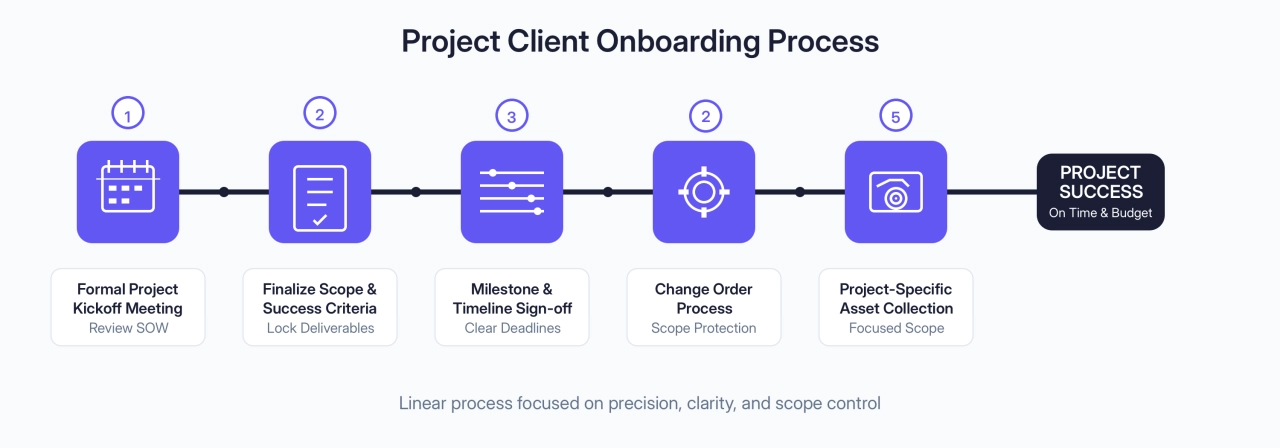
1. Formal project kickoff meeting
This is non-negotiable. While a retainer might have a “strategy workshop,” a project needs a formal kickoff. The agenda should be built directly from the Statement of Work (SOW).
Review project goals and objectives.
Walk through the SOW line by line to confirm understanding of deliverables.
Introduce the project team and stakeholders.
Reiterate the timeline and key milestones.
2. Finalizing scope & success criteria
This is your last, best chance to lock down the specifics before work begins. Get granular.
“What are the exact technical requirements for this deliverable?”
“How will we collectively measure the success of this project upon completion?”
“Who has the final sign-off authority on deliverables?” Document the answers to these questions and get written confirmation. This document becomes your north star when scope questions arise later.
3. Milestone & deliverable timeline sign-off
Present a clear project timeline with specific dates for key milestones, feedback rounds, and the final deliverable. The client doesn’t just need to see it; they need to formally agree to it. This holds both sides accountable for providing feedback and assets in a timely manner.
4. Explaining the change order process
Discussing how you’ll handle out-of-scope requests isn’t confrontational; it’s professional. Explain your change order process clearly and calmly during onboarding.
“If a new idea comes up during the project that’s outside our initial scope, we’ll address it through a simple change order process. This allows us to evaluate the request and provide a clear quote and timeline adjustment, ensuring it doesn’t derail our current focus.”
This simple conversation can save you from countless hours of scope creep.
5. Collecting project-specific assets & credentials
Unlike a retainer, you only need what is absolutely necessary to complete the defined project. Requesting too much can create confusion. If you’re building a landing page, you need the content and logins for that page, not their entire marketing automation platform. A focused client onboarding form tailored to the project type is invaluable here. For instance, a social media client intake form would ask for very different assets than a web development one.
Retainer vs. project onboarding comparison
For busy agency owners, here’s a quick-reference table that boils down the key differences. This is perfect for sharing with your account and project managers.
Onboarding Aspect | Retainer Clients (The Partnership) | Project Clients (The Plan) |
|---|---|---|
Primary Goal | Align on long-term vision & build a relationship. | Define scope, timeline, and a clear “finish line”. |
Key Meeting | Deep-Dive Strategy Workshop (focus on “why”). | Formal Kickoff Meeting (focus on the SOW). |
Communication | Establish a recurring cadence (e.g., bi-weekly calls) & shared channel. | Define check-in points tied to project milestones. |
Scope Definition | Set rolling 90-day strategic goals that evolve over time. | Gain formal sign-off on a fixed scope and deliverables. |
Success Metrics | Ongoing KPIs tied to business growth (e.g., MQLs, CAC). | Completion of the defined deliverable on time and on budget. |
Key Document | A shared 12-month roadmap and 90-day plan. | The signed-off Statement of Work (SOW) and project timeline. |
Mindset | “How can we become an extension of your team?” | “How can we deliver this outcome with precision?” |
How to systematize both flows without creating chaos
So, you have two distinct playbooks. That’s great. But how do you manage them in practice without doubling your administrative work or relying on a chaotic mix of spreadsheets and email threads?
The key is to build a system that supports both workflows. A manual new client onboarding process is fragile and won’t scale. Here’s how to systematize it.
Step 1: use a flexible client portal
The foundation of a dual-track system is a platform that doesn’t force you into a single workflow. This is where a flexible client portal like SPP shines. Instead of trying to shoehorn two different processes into one rigid system, you can create distinct “Services” for each engagement model.
Your retainer service: This can have an in-depth intake form, trigger a recurring monthly invoice, and provide a dashboard for ongoing reports.
Your project service: This can have a highly specific, scope-focused intake form, use milestone-based billing, and have a clear start and end date.
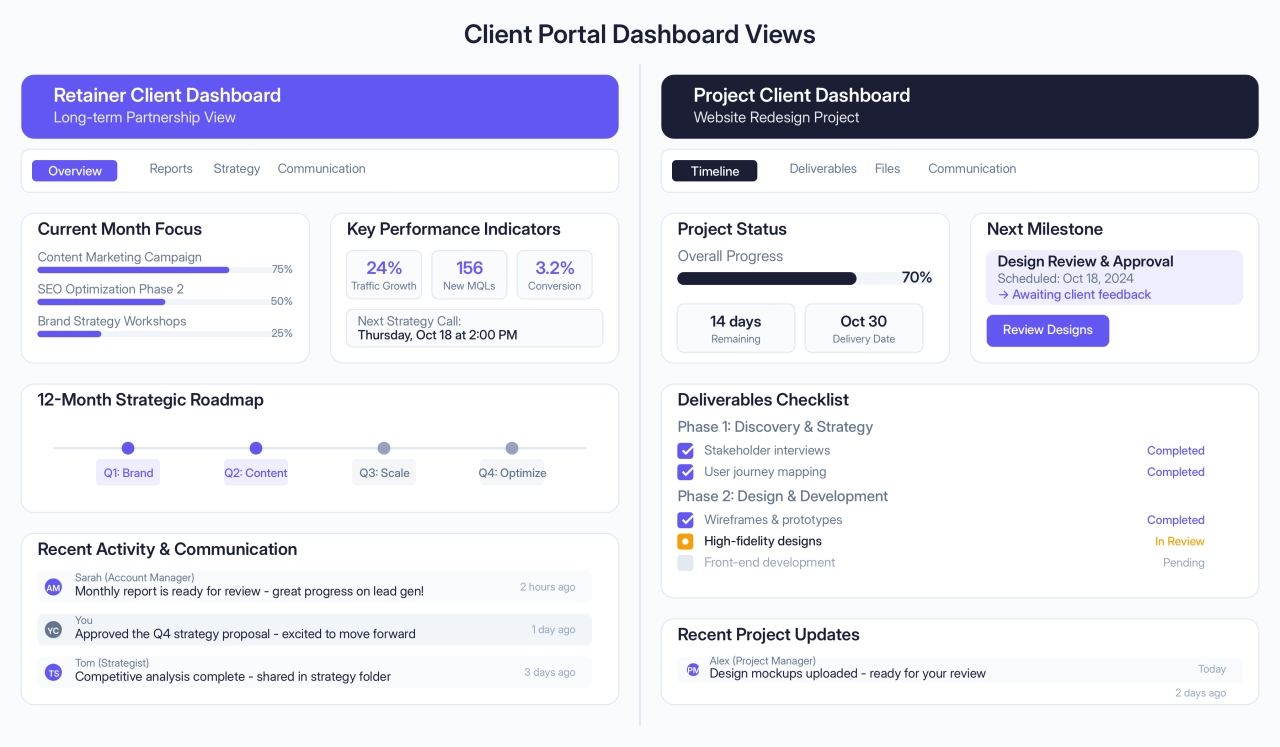
This allows you to manage every client under one roof while giving each one a tailored experience that matches their engagement type from the moment they sign up.
Step 2: Create templated intake forms
Your intake forms are your first line of defense against misaligned expectations. Inside your client portal, you can build and save different form templates for each service.
For retainers: Your form should include strategic, open-ended questions about business goals, target audience, and competitive landscape.
For projects: Your form should be a tactical checklist of required assets, technical specifications, and stakeholder contact information.
This ensures you get the exact information you need for each engagement type automatically, saving you hours of back-and-forth emails.
Step 3: Automate the right steps for each journey
Automation is your best friend for scaling, but only if it’s smart. A one-size-fits-all automation sequence will feel impersonal. With a system like SPP.co, you can build different automated workflows for each service.
When a retainer client signs up:
Automatically send a welcome email via ActiveCampaign that introduces their dedicated account manager and links to schedule their strategy workshop.
Create a task in your project management tool for your team to set up the shared Slack channel.
Add a reminder for the 80-day mark to schedule the first 90-day review.
When a project client signs up:
Automatically send a welcome email that confirms the project scope and links to schedule the formal kickoff call.
Create a project shell in Asana or ClickUp with your standard project template.
Trigger a notification to the client if they haven’t submitted required assets by a certain date.
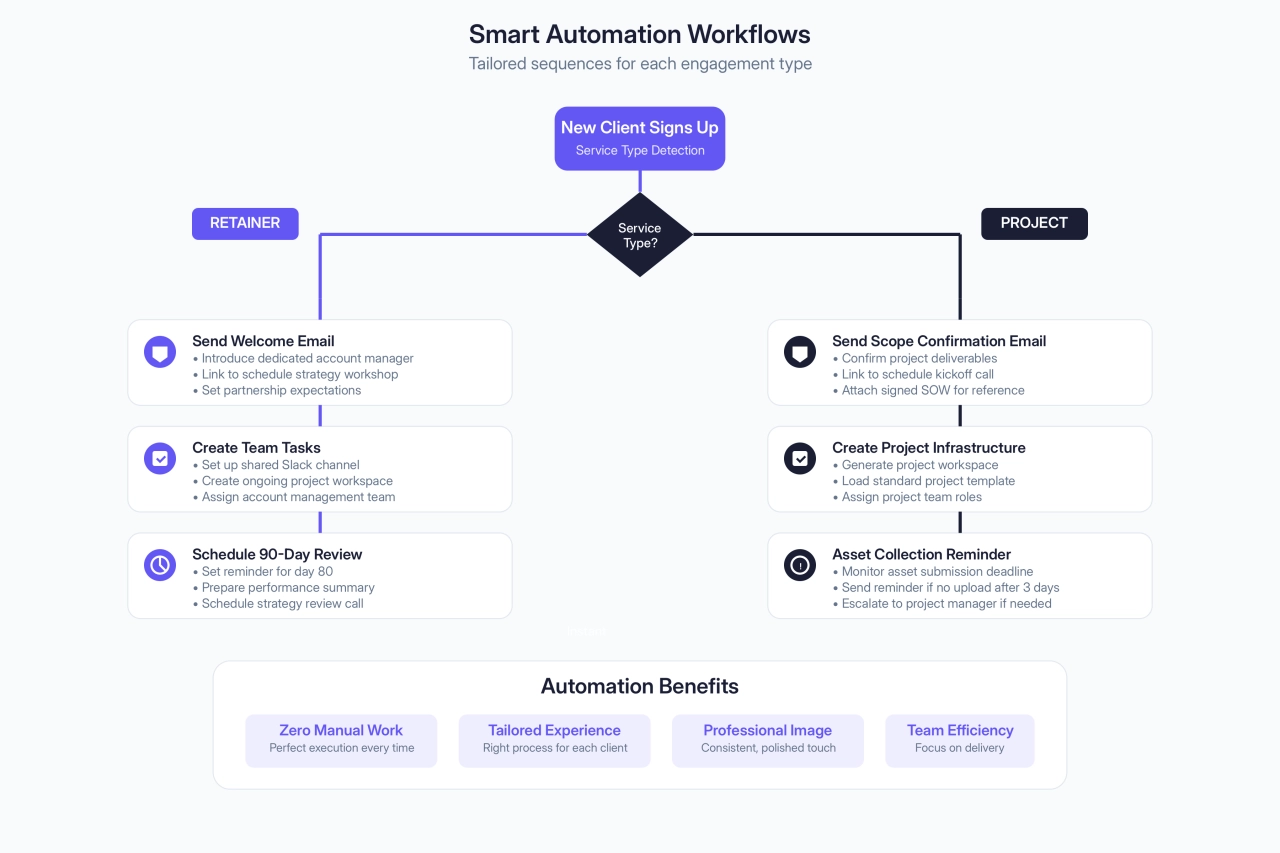
By using the right client onboarding software, you can execute these two distinct, high-touch onboarding experiences without adding to your team’s manual workload. This is the essence of effective customer onboarding automation.
Frequently asked questions
What is the difference between project and retainer onboarding?
Project onboarding focuses on executing a defined plan with clear deliverables, timelines, and a finish line. Retainer onboarding is about building a long-term partnership, aligning on vision, and establishing ongoing communication and value. The key difference is the mindset: projects are outcome-driven, while retainers are relationship-driven.
How do you set expectations for a new retainer client?
Start with a deep-dive discovery workshop to align on 12-month goals and establish a communication rhythm. Clearly define roles, KPIs, and the first 90-day strategic plan. Use a shared roadmap and regular check-ins to demonstrate ongoing value and reinforce the partnership.
What should be included in a project kickoff meeting?
A project kickoff meeting should review the Statement of Work (SOW) line by line, introduce the project team, confirm deliverables and timelines, and clarify the change order process. Document all agreements and get written confirmation to avoid scope creep later.
How can agencies systematize onboarding for both retainer and project clients?
Use a flexible client portal to create distinct services for each client type. Automate intake forms, welcome emails, and task creation based on the engagement model. For retainers, focus on strategic questions and ongoing reporting. For projects, emphasize scope, timelines, and deliverables.
What is the best onboarding process for a marketing retainer?
The best onboarding process for a marketing retainer starts with a deep-dive discovery workshop to align on long-term goals and vision. Establish a recurring communication cadence (e.g., bi-weekly calls) and set 90-day strategic goals to demonstrate early value. Collect all necessary access and brand assets upfront, and introduce the client to your team while defining roles for seamless collaboration. This builds trust and ensures a strong partnership from day one.
The right start for every client relationship
Stop thinking of onboarding as an administrative checklist you need to get through. It’s your single greatest opportunity to set the tone for the entire client relationship.
The research confirms what many of us know intuitively: communication, collaboration, and managing expectations are among the most impactful factors affecting client satisfaction. By separating your process for retainer vs. project onboarding, you’re doing more than just improving efficiency. You are proactively addressing the unique needs and anxieties of each client type. You’re telling your retainer clients that you’re in it for the long haul, and you’re assuring your project clients that you have a firm handle on the scope and timeline.
This tailored approach is a strategic investment. It leads to happier clients who see value faster, project teams who are protected from scope creep, and ultimately, an agency that is more profitable and easier to run.
Take 30 minutes this week to review your current agency onboarding process. Where is the friction? By implementing these two distinct playbooks, you can ensure every new client—whether they’re a long-term partner or a short-term project—gets the perfect start.

